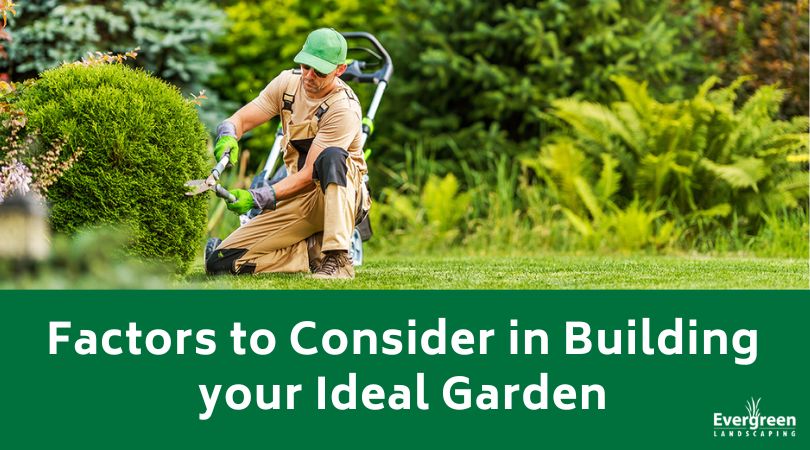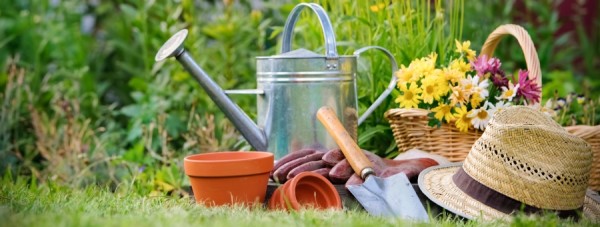Layering Garden Landscaping
Adding garden landscaping to your home can be a fun experience to get your imagination working and to keep you happily active by planting and caring for plants and flowers.
By layering your garden landscaping beds you will be able to add a different level of beauty to your landscaping design. Your landscaping is a statement for your home. It is a great talking point for visitors and can be a fun place to spend your time.
Layering your garden landscaping design is easy to do. The first step is to pick out the flowers that you will be using in your landscaping design. The layout of your landscaping will depend on the kinds of flowers you choose. This is because you don’t want to end up having shorter plants hidden behind taller ones. This is obvious, so you should make a rough sketch of where you want things laid out for your garden landscaping before you begin. This will help you to keep things as simple as possible. This will help prevent future problems with your yard.
It is typical to plant around three layers. Your back row should face north, if it can, and should have the tallest plants and as the rows descend so should the heights of the plants and flowers. The trick of this kind of garden landscaping is that oftentimes the plants we buy are baby plants. Make sure that you do research and talk to the people you buy the plants from to make sure you know what to expect. This is the key to successful garden landscaping. If the front or middle row of your garden landscaping design is going to grow much higher than the last row, then you will have to do some rearranging.
Layered landscaping with native plants accomplishes more than simply beautifying your lawn. California wildflowers can attract bees and butterflies to your yard. This is important due to the reduction in the pollinator population across the country. When you plant native California flowers you help bring pollinators to your area, improving your own vegetable garden and the produce yields of local farms.
California buckwheat is a tall, bushy plant with white flowers. It grows best in sandy soil and can serve as the background of your layered landscaping. Another tall plant is Deergrass. Deergrass is non-flowering and lends an elegant touch of greenery to your lawn. Coyote mint is medium in height with purple flowers and is a favorite of butterflies.Monarch butterflies lay their eggs on milkweed, a medium height plant with white flowers, and the caterpillars eat milkweed leaves. California blue-eyed grass is short, with lovely purple flowers with yellow centers.
The layering affect of your garden landscaping design will add depth and make your garden much more interesting to look at. This is what will make your garden landscaping a success.
Contact us for more suggested native plants for your layered landscaping that will survive California’s weather and attract bees, butterflies and even hummingbirds to your yard and garden. Call us today at 805-773-5395







